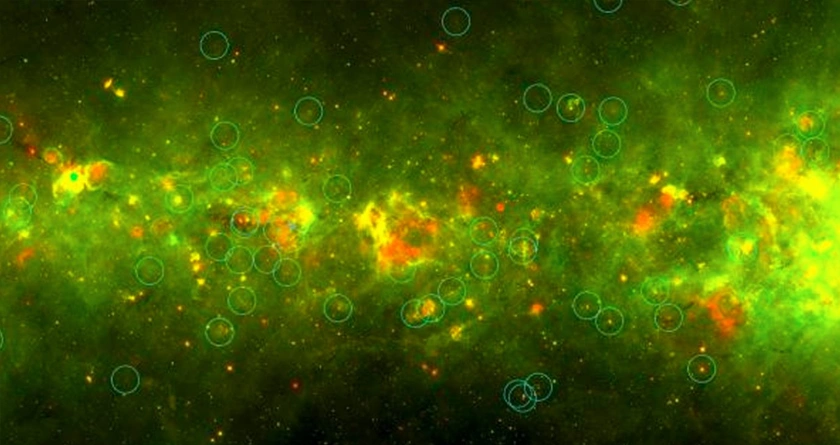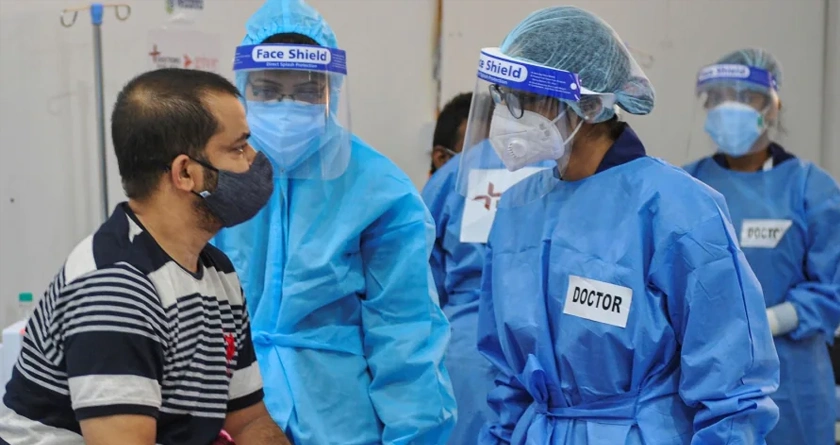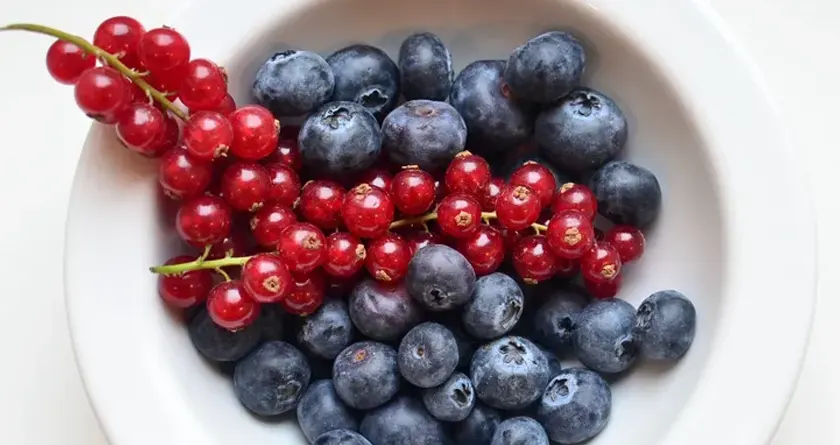
Researchers Say “Yellowballs” Seen in the Milky Way are Baby Stars
Yellow Balls visualized in the midst of the Milky Way Galaxy are but Baby Stars, say the researchers
Wednesday, 28th April 2021
A new discovery by scientists has unveiled the presence of “stellar nurseries” in the Milky Way that produce stars and star clusters before infant stars emerge from their birth clouds, as per Planetary Science Institute Senior Scientist Grace Wolf-Chase.
According to researchers report on April 13 in the Astrophysical Journal, scientists have now been able to explain the puzzling cosmic objects that were christened “yellowballs”. These indicate the points of origin of a variety of stars that vary in their masses as opposed to single supermassive stars, as per the scientists.
As per Wolf-Chase, lead author of ‘The Milky Way Project: Probing Star Formation with First Results on Yellowballs from DR2,’ “Yellowballs are small compact features that were identified in infrared images acquired by the Spitzer Space Telescope during online discussions on the Milky Way Project, an initiative on the online citizen science platform zooniverse.org, that asked citizen scientists to help identify features associated with young, massive stars greater than 10 solar masses.”
She added that it has been seen after early research that yellowballs are “produced by young stars as they heat the surrounding gas and dust from which they were born.”
Also Read: The Unicorn Black Hole Could be the Smallest One in the Galaxy!
The yellowballs throw infrared light on a nascent stage in the formation of star clusters, when they are moderately young, about a few hundred thousand years old. Wolf-Chase explains that this is when their entity is first revealed, however, they continue to stay in their “dusty birth cocoons”.
This, she goes on to explain, “allows us to link the properties of stars with their birth environments as if a human were giving birth to a hundred or so infants at once.”
Protoclusters, or star clusters’ formations of all masses, pass through the stage of yellowballs at some point, as per research. While some of these clusters go on to form mammoth stars that are more than 10 solar masses that will emit strong stellar winds and harsh ultraviolet radiation to form “bubbles” in their environment, others will not. These bubbles can also protract tens of light-years across over several millions of years.
Wolf-Chase hopes that researchers in the days to come will be able to build on this discovery of yellowballs with the help of powerful telescopes like the James Webb Space Telescope, which is due to launch in October and make more of balls’ physical properties.
The News Talkie Bureau
Source:
Science news











